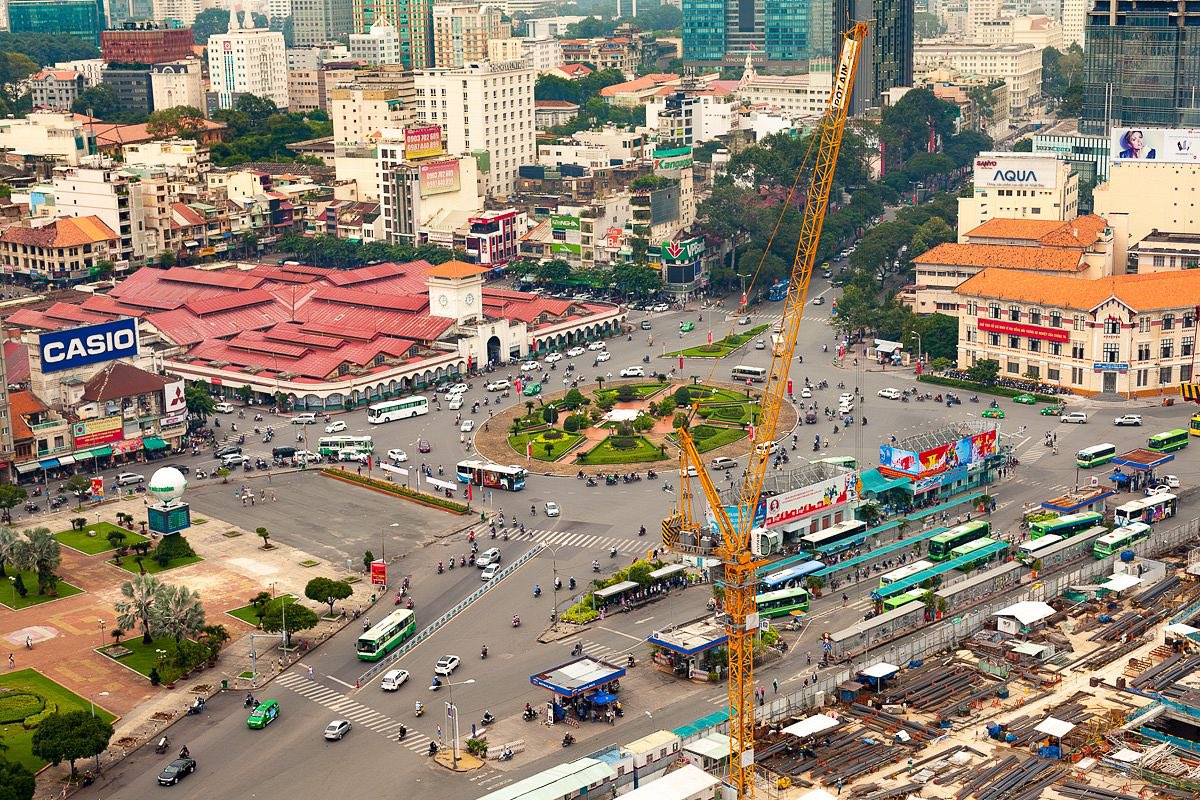The Uncrustables brand is somehow headed for $1B in annual sales and its timeline is wild:
▫️1995: Two dads in North Dakota invent frozen crustless PB&J sandwiches and sell them to the local school district
▫️1998: Acquired by Smuckers for $1m
▫️1999: A US patent is issued for a “sealed crustless sandwhich”
▫️2004: Sales hit ~$30m
▫️2008: US Patent Office rescinds the patent for a “sealed crustless sandwhich”
▫️2021: Smuckers invests $1.1B to build a plant in Alabama
▫️2022: Sales hit $500m+ and the brand launches meat, cheese and taco versions
▫️2023: Smuckers plans to put real marketing push behind brand to get to $1B (previously was word-of-mouth because it didn’t have factories to meet demand)


▫️1995: Two dads in North Dakota invent frozen crustless PB&J sandwiches and sell them to the local school district
▫️1998: Acquired by Smuckers for $1m
▫️1999: A US patent is issued for a “sealed crustless sandwhich”
▫️2004: Sales hit ~$30m
▫️2008: US Patent Office rescinds the patent for a “sealed crustless sandwhich”
▫️2021: Smuckers invests $1.1B to build a plant in Alabama
▫️2022: Sales hit $500m+ and the brand launches meat, cheese and taco versions
▫️2023: Smuckers plans to put real marketing push behind brand to get to $1B (previously was word-of-mouth because it didn’t have factories to meet demand)


This patent filing is absolutely demented:
“A sealed crustless sandwich for providing a convenient sandwich without an outer crust which can be stored for long periods of time without a central filling from leaking outwardly. The inventive device includes a lower bread portion, an upper bread portion, an upper filling and a lower filling between the lower and upper bread portions, a center filling sealed between the upper and lower fillings, and a crimped edge along an outer perimeter of the bread portions for sealing the fillings therebetween. The upper and lower fillings are preferably comprised of peanut butter and the center filling is comprised of at least jelly. The center filling is prevented from radiating outwardly into and through the bread portions from the surrounding peanut butter.”




“A sealed crustless sandwich for providing a convenient sandwich without an outer crust which can be stored for long periods of time without a central filling from leaking outwardly. The inventive device includes a lower bread portion, an upper bread portion, an upper filling and a lower filling between the lower and upper bread portions, a center filling sealed between the upper and lower fillings, and a crimped edge along an outer perimeter of the bread portions for sealing the fillings therebetween. The upper and lower fillings are preferably comprised of peanut butter and the center filling is comprised of at least jelly. The center filling is prevented from radiating outwardly into and through the bread portions from the surrounding peanut butter.”




Alright, I gotta give Smuckers some due.
— You have to create the Uncrustables so it thaws in an exact time frame for the kid’s snack time at school
— Smuckers said it took a decade to get bread just right to prevent leaks
— Smuckers is making 4.5m Uncrustables a day
Link 1:
Link 2:


— You have to create the Uncrustables so it thaws in an exact time frame for the kid’s snack time at school
— Smuckers said it took a decade to get bread just right to prevent leaks
— Smuckers is making 4.5m Uncrustables a day
Link 1:
Link 2:


Just asked ChatGPT — via my research app — to recommend Uncrustables brand extensions to get that next $1B.
Suggested Banh Mi Uncrustables! You’re welcome Smuckers. Bearly.AI


Suggested Banh Mi Uncrustables! You’re welcome Smuckers. Bearly.AI


The argument Smuckers tried making to keep the patent was on how it sealed the sandwhich edges.
The legal language is gold: unlike pie crust or ravioli, Uncrustables are made without “commingling the two bread slices into an amorphous homogeneous mass.”: wsj.com/articles/SB111…

The legal language is gold: unlike pie crust or ravioli, Uncrustables are made without “commingling the two bread slices into an amorphous homogeneous mass.”: wsj.com/articles/SB111…

Looks kinda good tbh
https://twitter.com/mitchelllandon/status/1700715893754405019
• • •
Missing some Tweet in this thread? You can try to
force a refresh


















